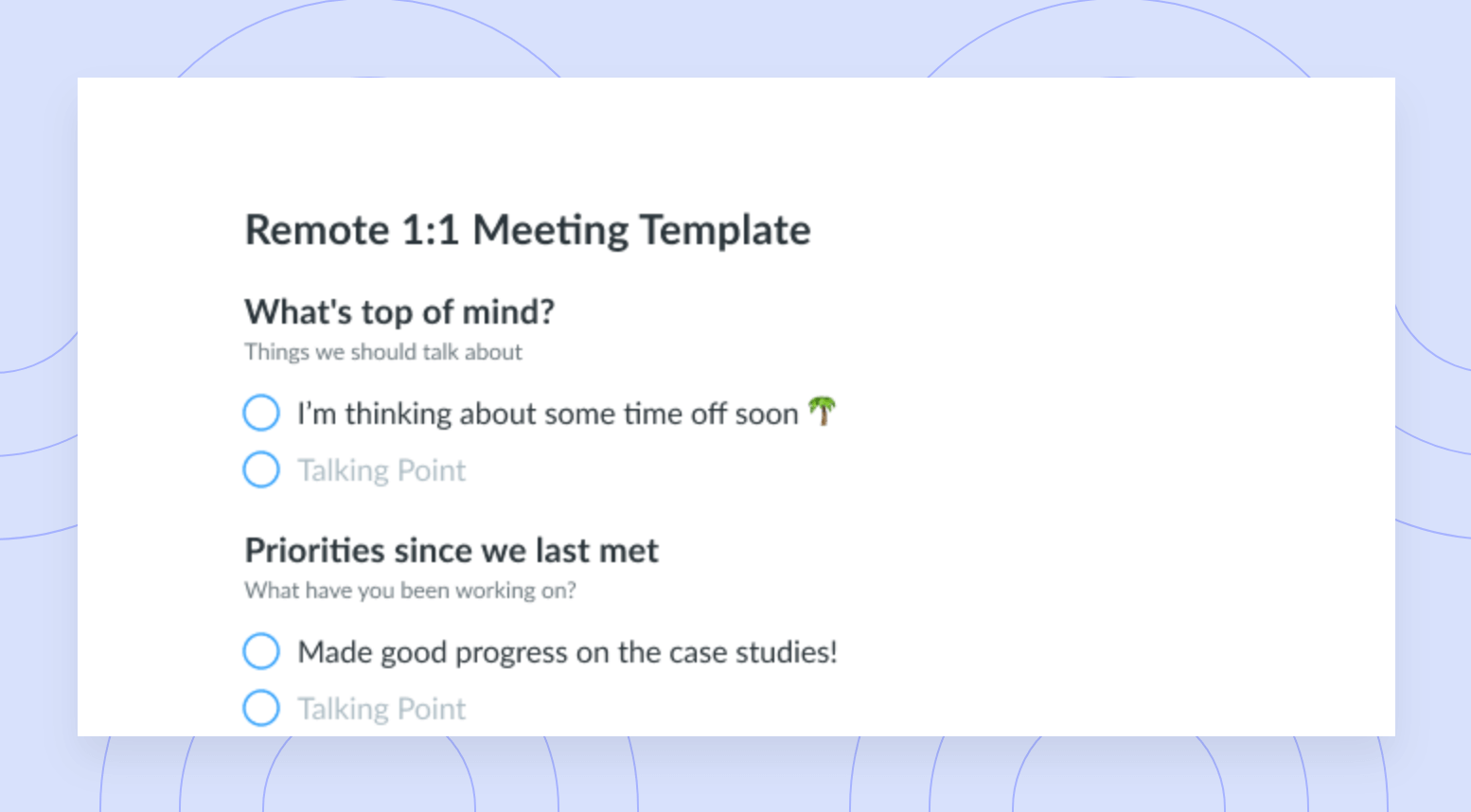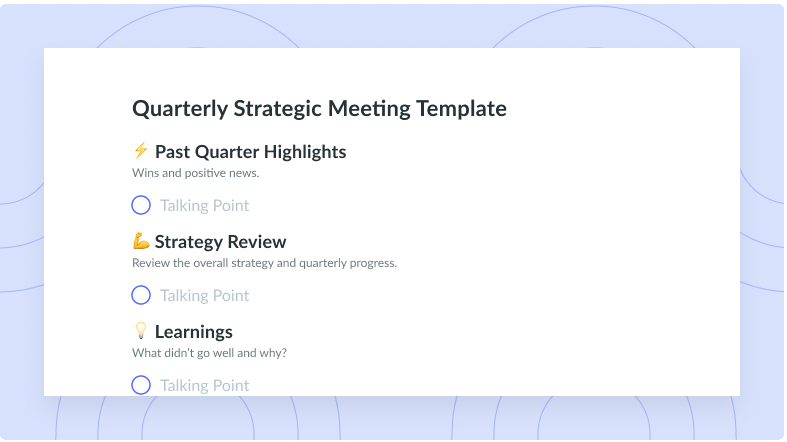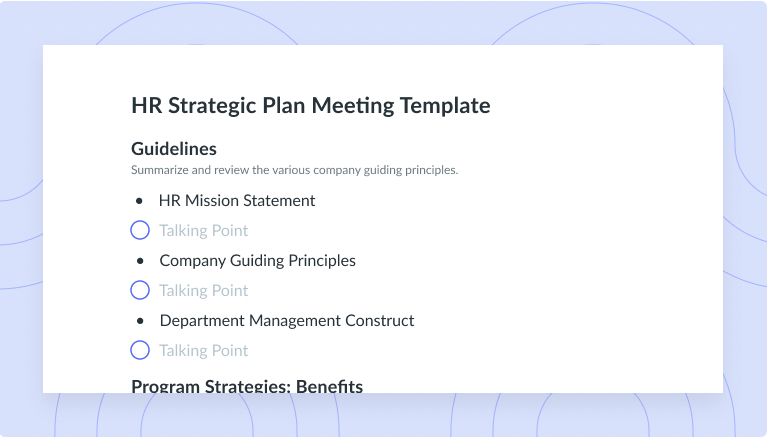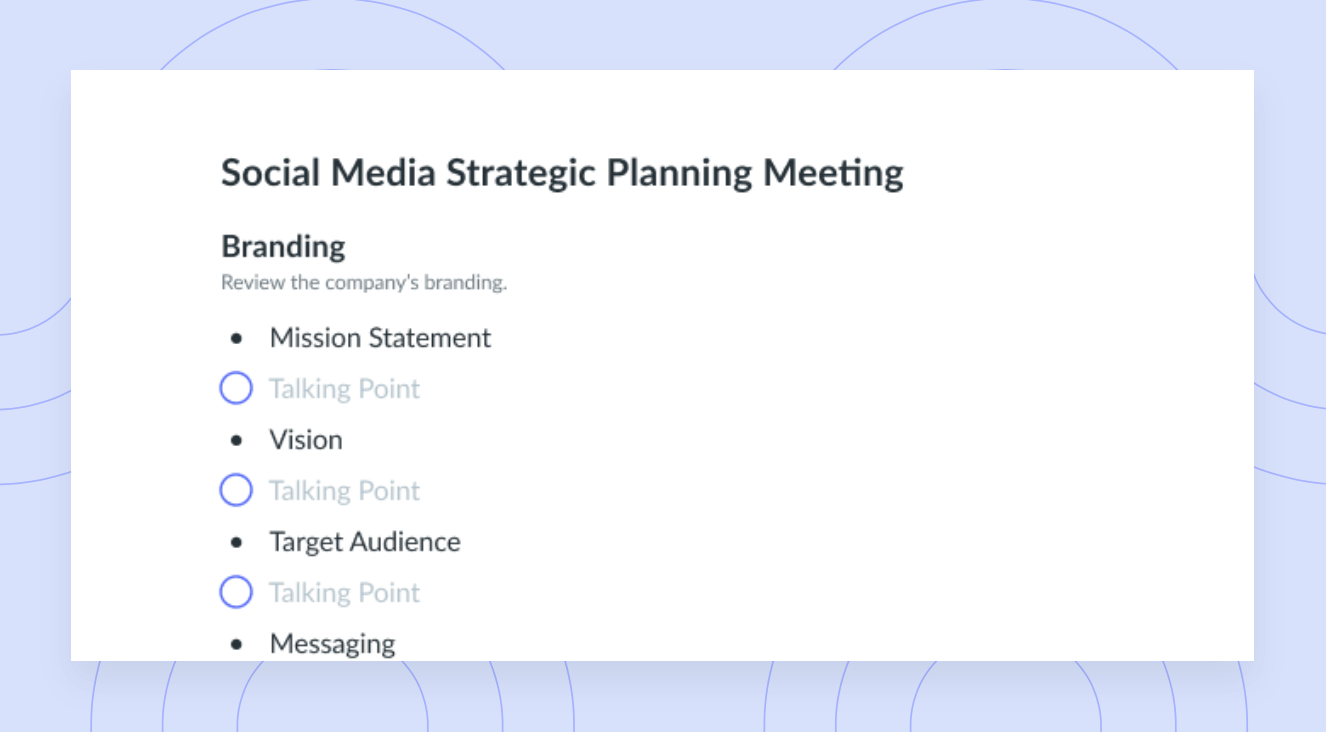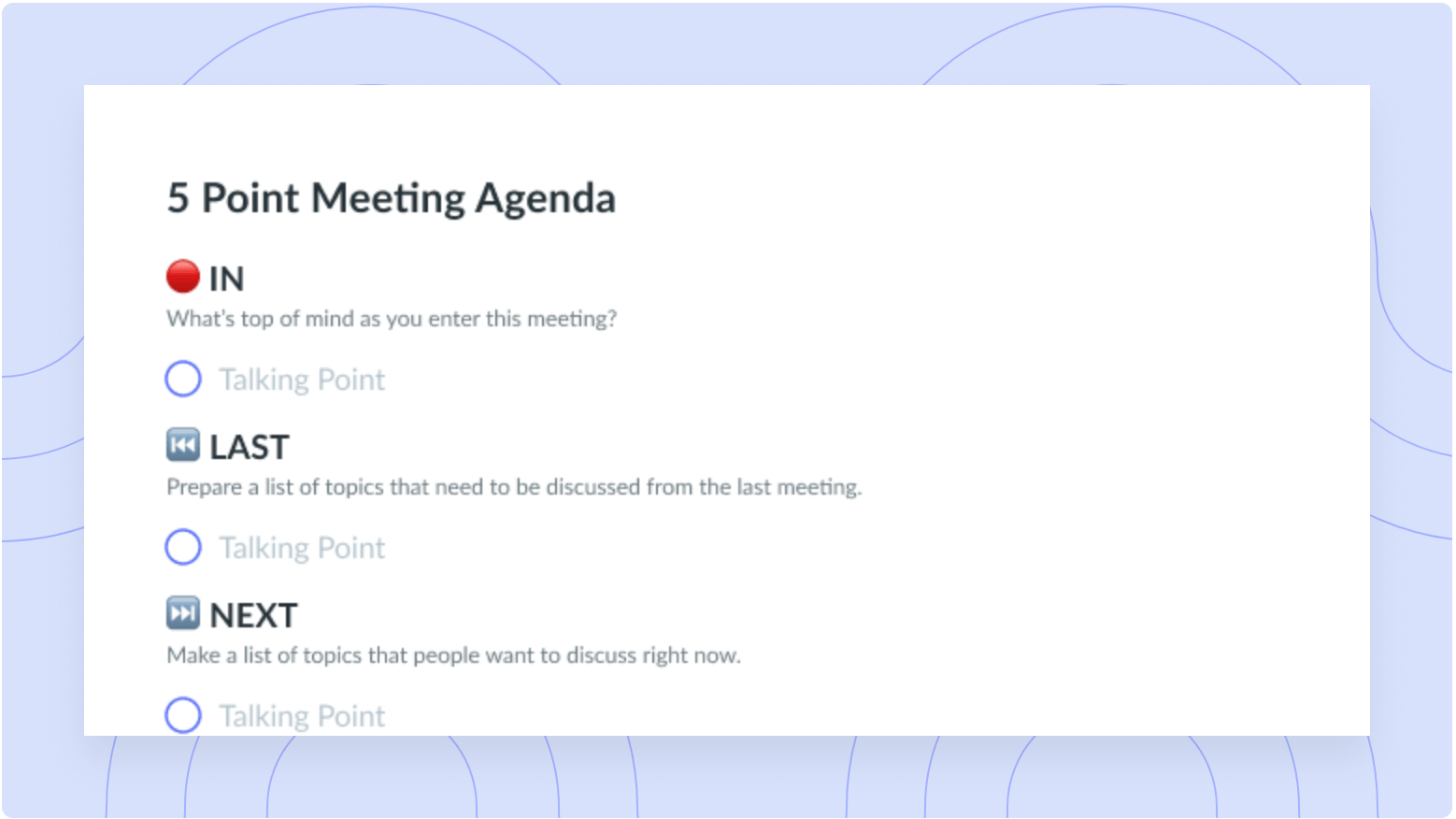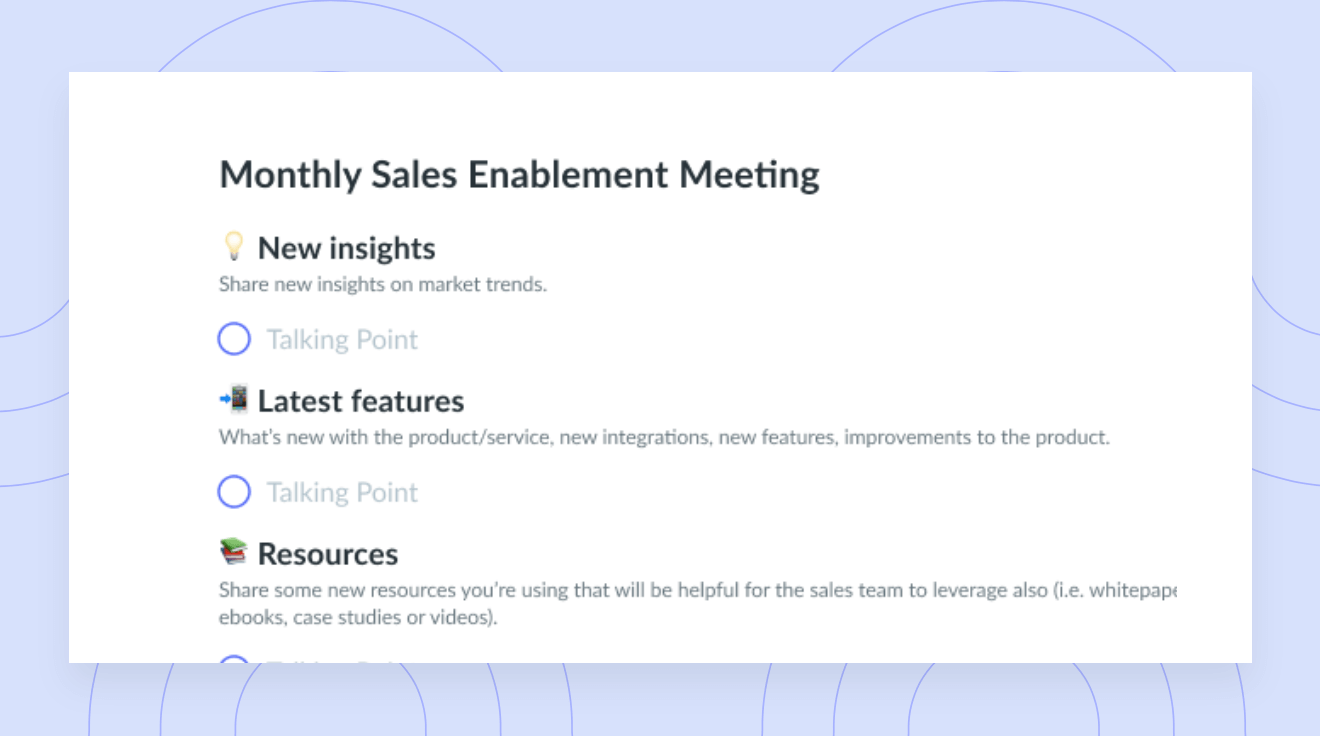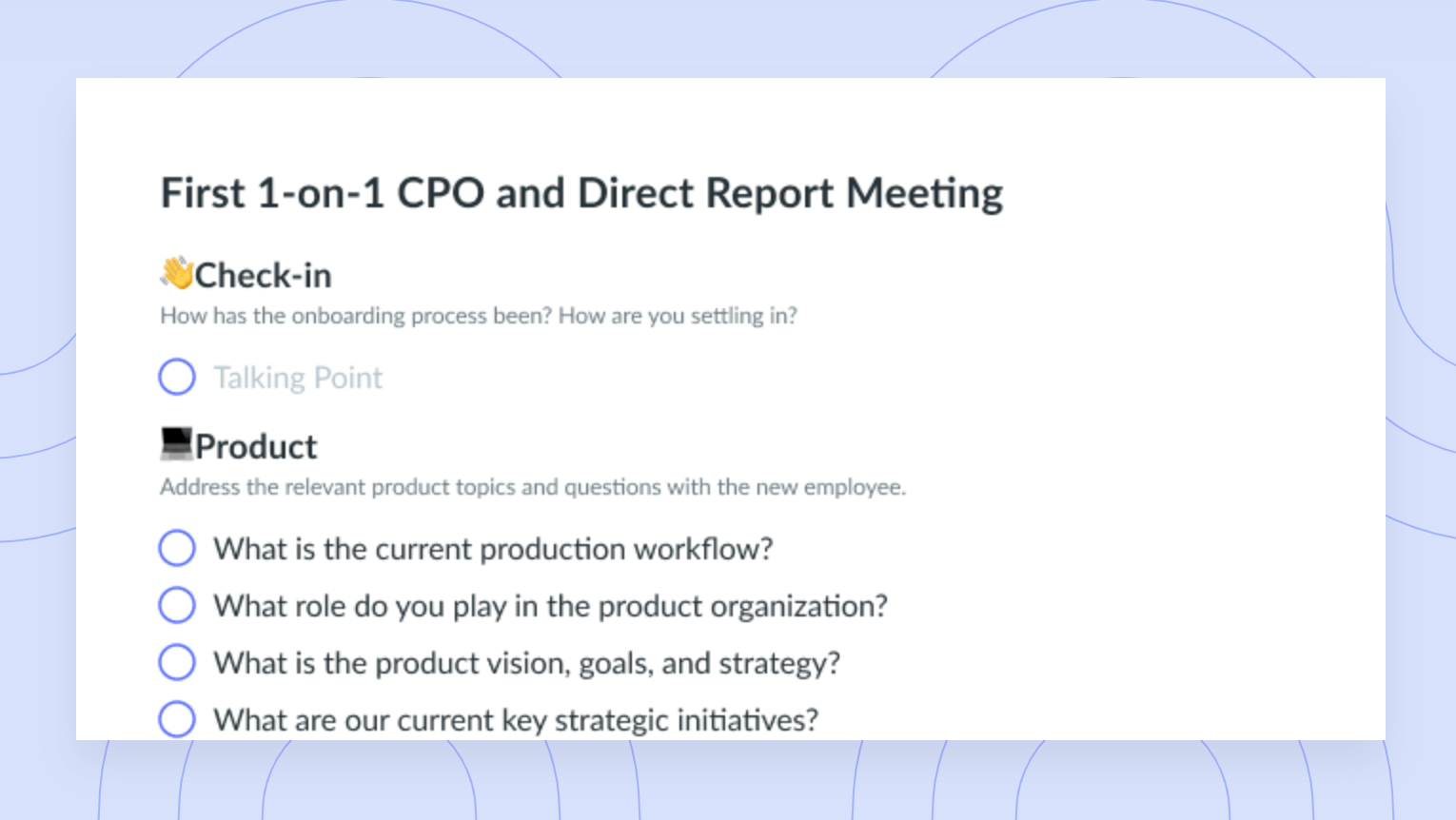Becoming a Strategic Leader: Advice, Tips & Next Steps
Do you struggle with strategy? Don’t worry, you’re definitely not alone.
The words are etched into my brain – “You need to be more strategic.”
Ugh. Raise your hand if you’ve ever received this feedback or advice at some point in your career. Yep, me too. The trouble is that most of us walk away from this conversation thinking. “What does that even mean? Be more strategic – how do I even do that?”
I felt like this quite often back when I was starting my career and the kicker was that I had a boss who was really big on strategy. It was all, “Let’s think strategically about that for a moment” and “I need a day or two to think through the strategy on this.” For the first little while I would just nod in agreement as if I understood what she was talking about, but we had a good relationship so after a while I just spat out what had been on my mind.
“Ok, be honest, isn’t strategy a little buzz-wordy? I mean, isn’t strategy just a fancy word for a really big complicated project plan?”
She nodded indicating she heard me and then shook her head, “No – no it isn’t.”
What I (obviously) failed to understand at the time was the massive difference between systematically and tactically moving through my workload, and working strategically. But as it turns out, I wasn’t alone.
Research shows that on average, 95% of a company’s employees are unaware of, or do not understand, its strategy. 95% folks – that’s crazy!
- The roadmap, destination, and navigator
- Tips for becoming more strategic
- You’re ‘being more strategic,’ now what?
The roadmap, destination, and navigator
Let’s unpack what we’re talking about here:
- A solid business strategy in the simplest of terms is like your company’s roadmap into the future. You need this to know where you’re headed. Some companies do indeed have well-documented business strategies, while others might use vision and mission statements to guide them.
- Strategic planning on the other hand is usually done every 3 to 5 years and sets out forward-looking goals that align with the company’s overarching business strategy. Think about these goals as the “destinations on your road trip” if you want to keep going with the metaphor.
- And finally, strategic thinking is the thought process used by an individual to weigh different factors and variables and think critically about how to achieve goals and move the business forward – kind of like the super-smart navigator on your road trip.

Strategic thinking is a highly sought-after skill and many companies look for this skill in their management and leadership teams. So, the question is then: What can you as a middle manager do to develop this skill and start being more strategic? Here are a few tips:
Tips for becoming more strategic
1 Know your company inside and out
The very first step in your quest to be more strategic is to educate yourself on your company – and no I’m not just talking about who works there, the code of conduct, and the names of the board members, although those things are important too. Rather, take a look deep inside your company. How many departments are there? Who does what? How do things get approved? What kinds of things get approved? What are the key projects and goals that different teams are working on? All of this information taken together paints a clear picture of how your company operates and it can be used to inform your planning, strategy and thinking.
It’s also vital to take a step back outside your company and educate yourself on your industry, the key players, and the overall trends. Think about all the people surrounding your company “watching” it’s every move – your customers, your stakeholders, your competitors, who else?
- What do they want from your company?
- What do they need?
- How are they feeling about your business?
- Are you delivering what is needed?
Ask yourself these kinds of questions on a regular basis.
Oh right – and this goes without saying I think, but if your company has a Strategic Plan and a vision and mission statement, read it and know it well.
I think, especially in high growth, too many companies still underestimate the impact of culture. Cultures always are often looked at the sort of softy thing that you don’t really have to care about if you’re a real leader. But culture is usually the biggest factor in the question whether teams are effective or not.
– Lena Reinhard, Leadership Coach & Consultant
2 Connect the dots and align goals
The best strategic thinkers are big picture people and what I like to call “dot connectors.” They know and can see the big goals and destinations on the roadmap, they understand how everything connects back to the business strategy, and they know or can predict all the special routes and detours along the way too. How do you get better at this? Ready for this? Play Candy Crush – yes, I’m dead serious.

Here’s my logic: as a manager you have tons of stuff happening around you – your team is executing, there are 101 things on your to do list, your inbox is never ending and it’s pretty impossible to see the strategic opportunities while task after task is metaphorically flying at your face. And so, to gain perspective I encourage you to put on your Candy Crush hat and morph into a dot connector (ahem – candy connector). Think about the strategy for the game – align similar things, connect the candies, and level up.
In your work, look for patterns in your activities and examine what your work or tasks have in common with company goals. Listen to the executives speak and think critically about what comes up again and again. What does your work have in common with those topics? Make it your mantra – connect the dots and align the goals.
3 Get out of the weeds
One mistake I unfortunately see again and again is when middle managers stick to talking about “weedy” tactics when they are given the opportunity to attend a meeting with senior management. I cannot stress enough how important it is to go into these meetings and conversations prepared to talk about what is important to senior management, not necessarily what is important to you.
As an example, let’s say you work in the sales department and you’re ready to launch a new program internally that makes it so much easier to keep track of all sales and invoices. You think it’s great because it makes your life easier and everything is all in one place. But the big boss is going to shrug that off – she doesn’t care because it doesn’t matter to her. What does matter to her though is that you’re saving 1-2 hours a day because you no longer have to do manual data entry, which over a year saves your company thousands and thousands of dollars. Yes, that matters to her.
So, whenever you’re worried about being in the weeds, take a step back and yourself: Why is this important to the company? And then discuss your work through that lens.
4 Focus on impact rather than checkmarks
As a manager you’re likely concerned about overall team performance and you’re laser-focused on making sure team targets are hit and that performance goals are met. This is important, of course, but be cautious not to confuse lots of team activity with impactful work.
This Forbes article really made me think. Did you know that just five years ago Apple made only 18 percent of the world’s smartphones? However, that same year they gained 51% of the global revenues for smartphones and 86% of the global profit pool. Apple didn’t focus on how much work they were doing and how many tasks were getting checked off – they focused on the impact they wanted to have as a company.
So, what can you do as a middle manager? When you’re assigning tasks and projects think about how they connect to the company’s strategic goals and the impact they could have. Then use performance reviews to discuss impact of accomplishments rather than focusing on the number of tasks “checked off” the list.
5 Schedule time for strategic thinking
The last step in your mission to be more strategic is to carve out dedicated time for reflection, reading, and strategy work. One study of 500 managers across 25 companies noted that “time” is the most commonly cited challenge among managers when it comes to strategy development and execution. As the author aptly points out, performance reviews don’t exactly include a big box for “think strategically for six hours a week,” but it still must be done.
While there never seems to be enough time as a manager, consider making small changes like blocking one hour a week in your calendar for strategy work, creating a reading list, or looking back through your team strategy and planning documents at the start of each month.
Ok so you’re being more strategic, but no one’s listening. Now what?
There is indeed a difference between thinking strategically – what you do – and implementing or executing your strategy – how you do it. So, what happens when you’ve finally figured out how to level up and you’ve started being more strategic but your execution is being blocked at every turn? You talk and talk and – crickets.
The short answer is this: You need buy-in.
Strategy is great, but strategy execution is what counts. And execution, believe it or not, requires solid interpersonal skills and an ability to connect with, motivate, and inspire the people around you to help you work toward and achieve your goals.
Now, don’t think about achieving buy-in as your personal mission to fully “win” every conversation. That is not what getting buy-in is all about. Instead, think about achieving buy-in as “gaining support.” Drawing on the work of John Kotter and some of my own experiences, here are a few tips about how to get it:
1 Choose the right people
Some people inside your organization are more influential than others – it’s just a matter of fact. Don’t think for one second though that all the influential people sit in corner offices. Think about your organization and who people listen to, who people go to for advice, who has the ear and trust of the big bosses. These people have a high degree of what is called social capital enabling them to have pull and influence. Look for these people inside your organization.
2 Choose the right moment
Know and understand when it’s a good idea to pitch a new idea or strategy and when it’s not. Right before or after a big board meeting, nope. Friday at 4pm, nope. Be aware of what is happening around you, and what’s going on with the people you need to speak to. Do they seem open to having a discussion right now? Or are they preparing to rush into another meeting? You may not always find the perfect moment, but being aware of what’s happening around you is key.
3 Present the problem and make it relatable
Remember: stay out of the weeds. If you have a few moments with the right people to gain a bit of buy-in, present the problem you are trying to solve, and the solution or strategy to solve it. Make it relatable to their situation, not only yours. Why should they care about this? What difference will it make for them?
4 Invite criticism
Getting buy-in is not a one-way conversation or interaction. Successfully achieving buy-in means you will need to invite criticism and ask questions like: What am I missing from your perspective? Be sure to actively listen and carefully weigh the criticism you hear as these are the little breadcrumbs that will help you better understand how your strategy connects with and impacts the work of the person you’re talking to. This is gold!
5 Give progress updates
If you’ve done the hard work of getting buy-in and feedback from different key players inside your organization, do not simply disappear and go off on your mission never to be heard from again. Give updates and loop back often.
Parting advice
Being strategic is hard work and it comes more naturally to some than to others. But as a middle manager climbing the ranks, it’s vital to put the work in – even if you have trouble navigating that roadmap at first. With a bit of time and a lot of dedication, eventually being strategic becomes easier, habitual, and a normal way of thinking that you can’t believe you ever lived without.







![Improving Your Strategic Thinking Skills: 10 Tips [+Example]](https://fellow.app/wp-content/uploads/2023/05/strategic-thinking-skills2.jpg)

